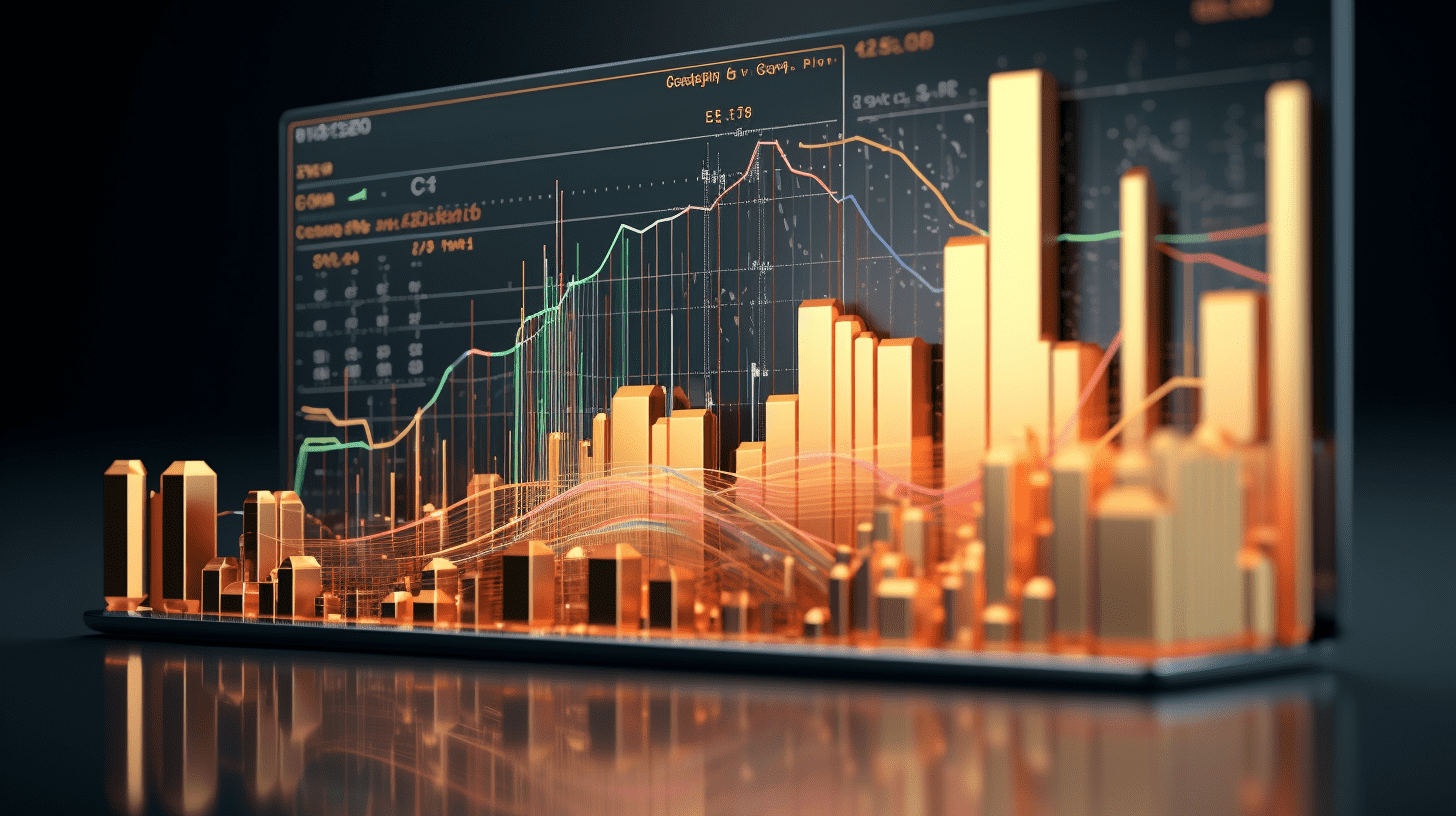Non-farm "cutting corners", cracks in the economic pillar, can the US economy no longer support itself?
The fluctuating American consumer market and job market are showing economic risks.
Last week's economic data released some warning signals, confirming the concerns of American corporate executives and consumers about the economic situation this year.
The non-farm employment data released last Friday indicated that the current labor market in the United States is much worse than previously reported. Adjusted for inflation, consumer spending (which accounts for about two-thirds of US economic activity) declined in the first half of this year, while the inflation measure favored by the Federal Reserve rose in June.
Sarah House, senior economist at Wells Fargo & Company, said, "The U.S. economy is 'struggling to maintain its stability.' Businesses and consumers have been facing a series of sharp economic policy changes, rising inflation, and still somewhat tight monetary policy. The fears of economic stagnation brought about by this combination are unfortunately beginning to materialize."
The employment data released last Friday shocked the market, including revisions to previous data - revising down nearly 260,000 jobs in May and June, overturning the previous view that the labor market was still strong before the summer. Job growth over the past three months averaged only 35,000, the worst level since the pandemic.
This report from the U.S. Bureau of Labor Statistics questioned the decision to hold interest rates steady just a few days ago. Later on Friday, there was another surprising development when Fed Governor Powell announced his resignation, providing Trump with an earlier opportunity to appoint a policymaker whose views align with his own (more aggressive interest rate cuts).
Businesses and Consumers Impacted
Many U.S. companies have paused investment and hiring as they try to figure out the impact of Trump's economic policies (primarily tariffs). The housing market just experienced its worst spring selling season in 13 years. And consumers, burdened by increasing debt, have reduced spending on non-essential items.
Gregory Daco, chief economist at EY-Parthenon, said, "With rising prices, businesses and consumers are finding it increasingly difficult to consume and invest, and this struggle is likely to continue."
While the U.S. economy is still expected to grow steadily, the pace will be lower than in previous years. According to the latest forecast, economists expect the U.S. economy to grow by 1.5% this year and by 1.7% by 2026.
Many companies like Chipotle Mexican Grill, Inc. (CMG) and Procter & Gamble Company (PG) are noticing that economic uncertainty is dampening consumer demand. Procter & Gamble Company CFO Andre Schulten said on the company's quarterly earnings call, "We have seen consumer trends slow down, not dramatically, but we see clear signs of a slowdown in the U.S. what consumers are feeling; I think it may not be entirely based on their current circumstances, but more based on expectations for the future."
Meanwhile, data for June showed price increases for some frequently imported goods (such as furniture and appliances), indicating that some businesses are starting to pass on higher tariff costs to consumers. Even though the Trump administration reached trade agreements with major trading partners, the tariffs announced last week will further raise the average tax rate on imported goods in the U.S. Many economists expect import tariffs to push up prices in the coming months.
Fed officials are tasked with the dual mission of curbing inflation and maintaining low unemployment, and they now face greater pressure to lower interest rates before the economy cools too quickly.
Fed Chairman Powell pointed out at a news conference last Wednesday that there are downward risks to the labor market, but he still described it as "robust." He also mentioned the slowdown in consumer spending. Powell said, "Over the past few years, consumer spending has been very strong. And forecasters, including ourselves, have repeatedly predicted that spending would gradually slow down. Now, perhaps this situation is finally happening."
The real estate market continues to be a drag on economic growth due to high real estate prices and rising borrowing costs. In June, total spending on housing construction and non-residential projects declined by 2.9% compared to the same period last year, one of the most severe annual declines since early 2019.
Massive Downward Revision in Non-Farm
Revisions to government data, such as employment numbers, are common and usually do not attract much attention. However, the scale of the revisions released last Friday, showing a reduction of 258,000 new jobs in May and June compared to previous figures, shifted the job market from stable growth to near stagnation. The yield on U.S. 2-year Treasury bills (closely related to short-term interest rates set by the Federal Reserve) surged after the data was released, while the S&P 500 index fell sharply.
Mark Begor, CEO of Equifax, said in a conference call on July 22, "When companies feel uncertain about the future, they cut spending. And their first point of spending cuts is usually in hiring."
While hiring activity has slowed down, most companies have not resorted to layoffs. Although the unemployment rate rose to 4.2% in July, it remains at a relatively low level. However, these data highlight the increasingly dire situation faced by the unemployed.
A decline in non-farm employment and an increase in the unemployment rate in the United States will significantly dampen consumer spending, primarily because a weak job market directly weakens household income, especially forcing low-income groups dependent on wages to cut back on non-essential expenses such as dining out, entertainment, and other discretionary spending. At the same time, a decline in consumer confidence will further suppress consumer willingness to spend, creating a negative feedback loop of "reduced income - reduced spending - deteriorating business profits - intensified layoffs."
Related Articles

"Warning sign" behind the 10 record highs of US stocks in July: Corporate executives selling their own shares wildly

Changes in the leadership of the Federal Reserve and the Bureau of Statistics have caused a crisis of trust, and assets in US dollars are under pressure.

Bank of China and the Market Traders Association release "Notice on Improving Information Services Related to Credit Default Swaps in the Interbank Market"
"Warning sign" behind the 10 record highs of US stocks in July: Corporate executives selling their own shares wildly

Changes in the leadership of the Federal Reserve and the Bureau of Statistics have caused a crisis of trust, and assets in US dollars are under pressure.

Bank of China and the Market Traders Association release "Notice on Improving Information Services Related to Credit Default Swaps in the Interbank Market"

RECOMMEND

Weak U.S. Jobs Report Shakes Wall Street’s Confidence as Economic Reality Sets In
04/08/2025

OPEC+ Agrees to Boost Output by 547,000 Barrels in September, Shifting From Oil Price Defense to Market Share Competition
04/08/2025

Reinstatement of VAT on Bond Interest Income: Implications for the Bond Market, Fiscal Policy, Banks, and Individual Investors
04/08/2025


